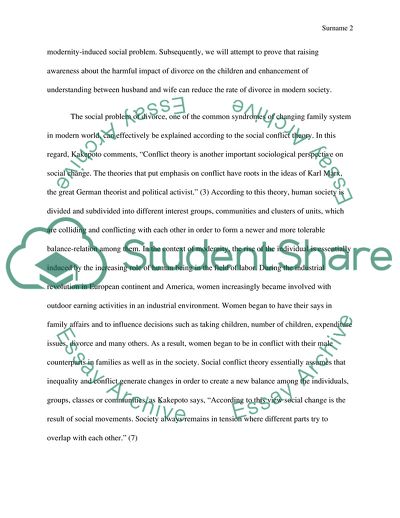Cite this document
(A Critical Analysis of Divorce as a Social Problem from the Conflict Coursework Example | Topics and Well Written Essays - 2000 words - 1, n.d.)
A Critical Analysis of Divorce as a Social Problem from the Conflict Coursework Example | Topics and Well Written Essays - 2000 words - 1. https://studentshare.org/sociology/1797138-changing-families-in-a-changing-world
A Critical Analysis of Divorce as a Social Problem from the Conflict Coursework Example | Topics and Well Written Essays - 2000 words - 1. https://studentshare.org/sociology/1797138-changing-families-in-a-changing-world
(A Critical Analysis of Divorce As a Social Problem from the Conflict Coursework Example | Topics and Well Written Essays - 2000 Words - 1)
A Critical Analysis of Divorce As a Social Problem from the Conflict Coursework Example | Topics and Well Written Essays - 2000 Words - 1. https://studentshare.org/sociology/1797138-changing-families-in-a-changing-world.
A Critical Analysis of Divorce As a Social Problem from the Conflict Coursework Example | Topics and Well Written Essays - 2000 Words - 1. https://studentshare.org/sociology/1797138-changing-families-in-a-changing-world.
“A Critical Analysis of Divorce As a Social Problem from the Conflict Coursework Example | Topics and Well Written Essays - 2000 Words - 1”. https://studentshare.org/sociology/1797138-changing-families-in-a-changing-world.


